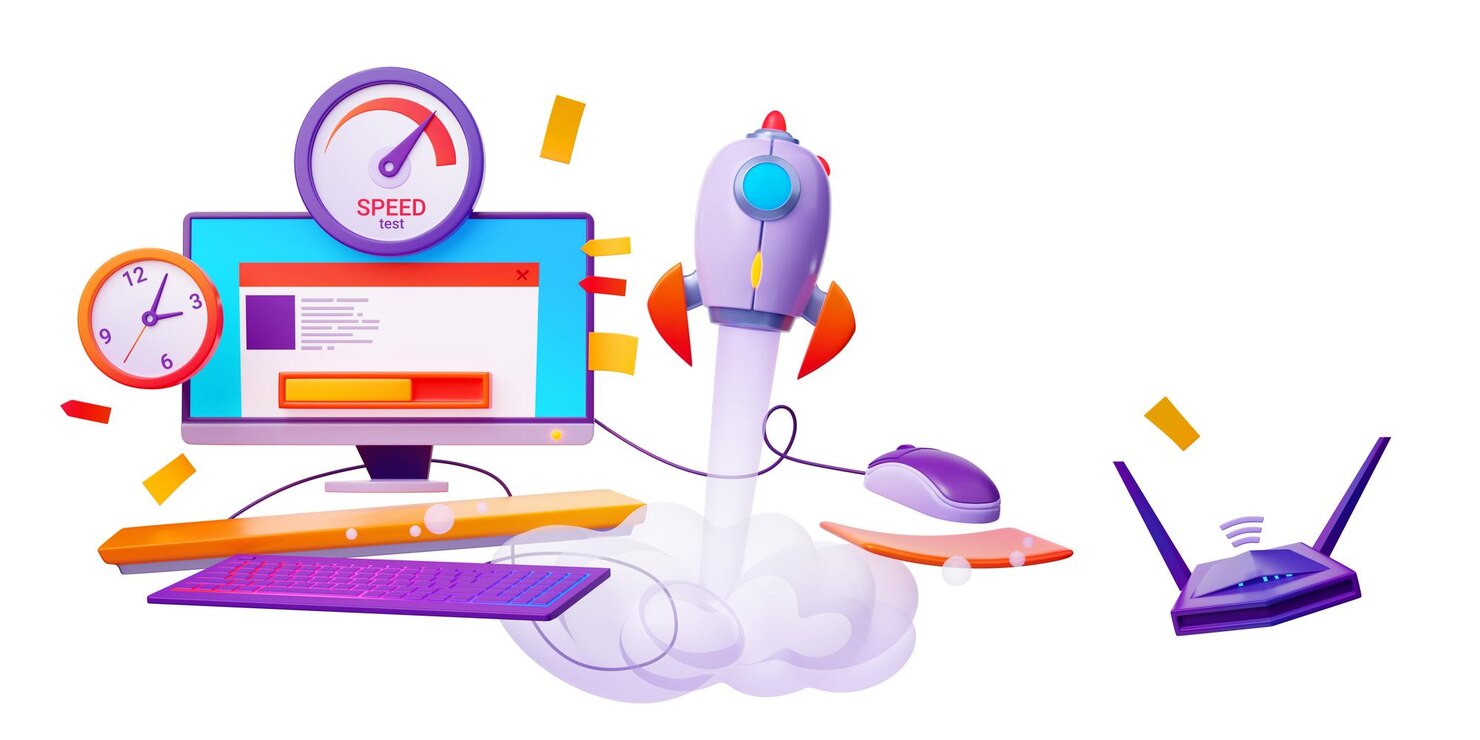Performance Optimization: Making Your Website Load Like Lightning
 The Writer's Nook
The Writer's Nook
In today's fast-paced digital world, website speed is no longer a luxury, it's a necessity. Every second of delay in loading can lead to decreased conversions, increased bounce rates, and ultimately, a negative impact on your bottom line. That's why performance optimization is crucial for any website owner who wants to stay ahead of the curve.
Imagine a world where your website loads instantly, images appear instantaneously, and users navigate seamlessly between pages. That's the power of performance optimization. But how do you achieve such lightning-fast speeds? Worry not, intrepid website owner, for this article will equip you with the knowledge and techniques to transform your slowpoke site into a speed demon.
The Importance of Website Speed
Think of your website as a store. Would you wait patiently in line if it took forever to get served? Probably not. The same goes for online visitors. Every second counts, and studies show that:
53% of mobile users abandon websites that take longer than 3 seconds to load
A 1-second delay in page load can decrease conversions by 7%
Google ranks faster-loading websites higher in search results
The Enemies of Website Speed
Before we dive into optimization, let's identify the common culprits that drag down your website's performance:
Large images: Unoptimized images are the biggest bandwidth hogs, slowing down page load times significantly.
Too many HTTP requests: Every element on your website, from images to scripts, requires an HTTP request. The more requests, the longer it takes to load the page.
Unminified code: Minified CSS and JavaScript files are smaller in size, leading to faster loading times.
Caching issues: Without proper caching, your website has to generate the same content every time a user visits, unnecessarily consuming resources.
Server response time: If your web hosting provider has slow server response times, it will affect your website's overall speed.
Optimizing for Speed
Now that we know the enemies, let's slay them with the following optimization techniques:
Image Optimization:
Images are often the heaviest elements on a webpage, so optimizing them is crucial. Here's how:
Resize images to their exact dimensions: Don't force an image to fit a specific space on your website. Resize it to the exact pixel dimensions it will be displayed in to avoid unnecessary downloading of unused data.
Compress images: Use tools like TinyPNG or JPEGmini to reduce the file size of your images without sacrificing quality. Aim for a 70-80% reduction without noticeable visual degradation.
Consider lazy loading: This technique only loads images as the user scrolls down the page, further reducing initial load times.
Minimize HTTP Requests:
Every element on your website, from images to scripts, requires an HTTP request from the user's browser. The more requests, the slower the page will load. Here's how to minimize them:
Combine multiple CSS and JavaScript files: Instead of loading numerous small files, merge them into one or two larger files. This reduces the number of HTTP requests and speeds up loading.
Minify CSS and JavaScript: Minification removes unnecessary whitespace, comments, and formatting from your code, making the files smaller and faster to download.
Implement Browser Caching:
Browser caching stores static content like images and CSS files locally on the user's device. This means they don't need to be downloaded again on subsequent visits, significantly improving load times.
Enable browser caching: Set appropriate caching headers for your static content to tell browsers how long to store them.
Use a Content Delivery Network (CDN): A CDN stores your website's content on servers around the world, delivering it to users from the closest location, reducing latency and improving load times.
Optimize Server Response Time:
Your web server plays a crucial role in page load times. Here are some ways to optimize its performance:
Choose a reliable web hosting provider: Invest in a good web hosting provider with a strong infrastructure and fast server response times.
Use a caching plugin: Caching plugins store static HTML versions of your pages, reducing the load on your server and speeding up delivery to visitors.
Monitor and Test:
Website performance optimization is not a one-time fix. Regularly monitor your website's speed using tools like Google PageSpeed Insights and GTmetrix, and implement ongoing optimization strategies to maintain lightning-fast loading times. Remember, a fast website is a happy website, and happy websites translate to happy customers and a thriving business.
By implementing these techniques and maintaining a proactive approach to performance optimization, you can ensure your website delivers a seamless and lightning-fast experience for your users, propelling your online success to new heights.
Subscribe to my newsletter
Read articles from The Writer's Nook directly inside your inbox. Subscribe to the newsletter, and don't miss out.
Written by

The Writer's Nook
The Writer's Nook
Welcome to "The Writer's Nook"! I'm delighted to have you here. I'm Hasna Mariyam VP, the writer, creator, and curator of this blog. With a passion for content writing, digital marketing, and technology, I am dedicated to sharing my knowledge, insights, and experiences in these dynamic fields. In our rapidly evolving digital era, technology and digital marketing have become indispensable aspects of both our personal and professional lives. Through "The Writer's Nook," I aspire to empower individuals like you to navigate the digital landscape with confidence, adapt to emerging technologies, and leverage digital marketing tactics to achieve your goals. Thank you for joining me on this thrilling journey.